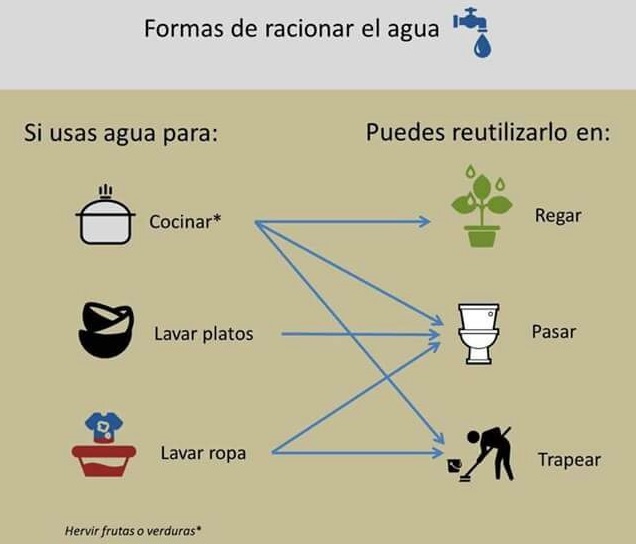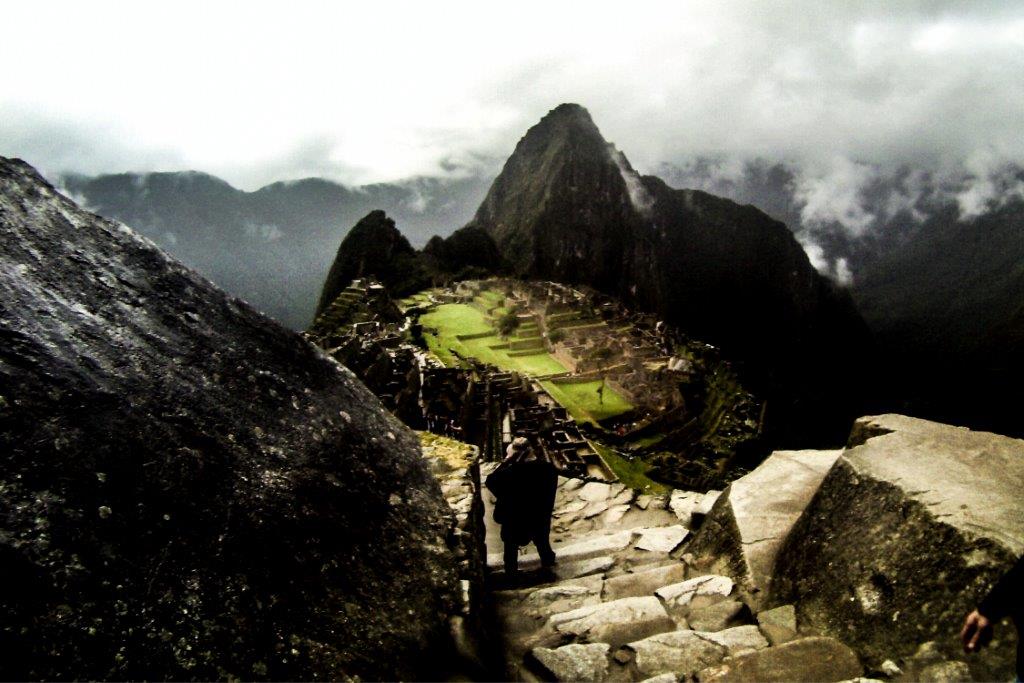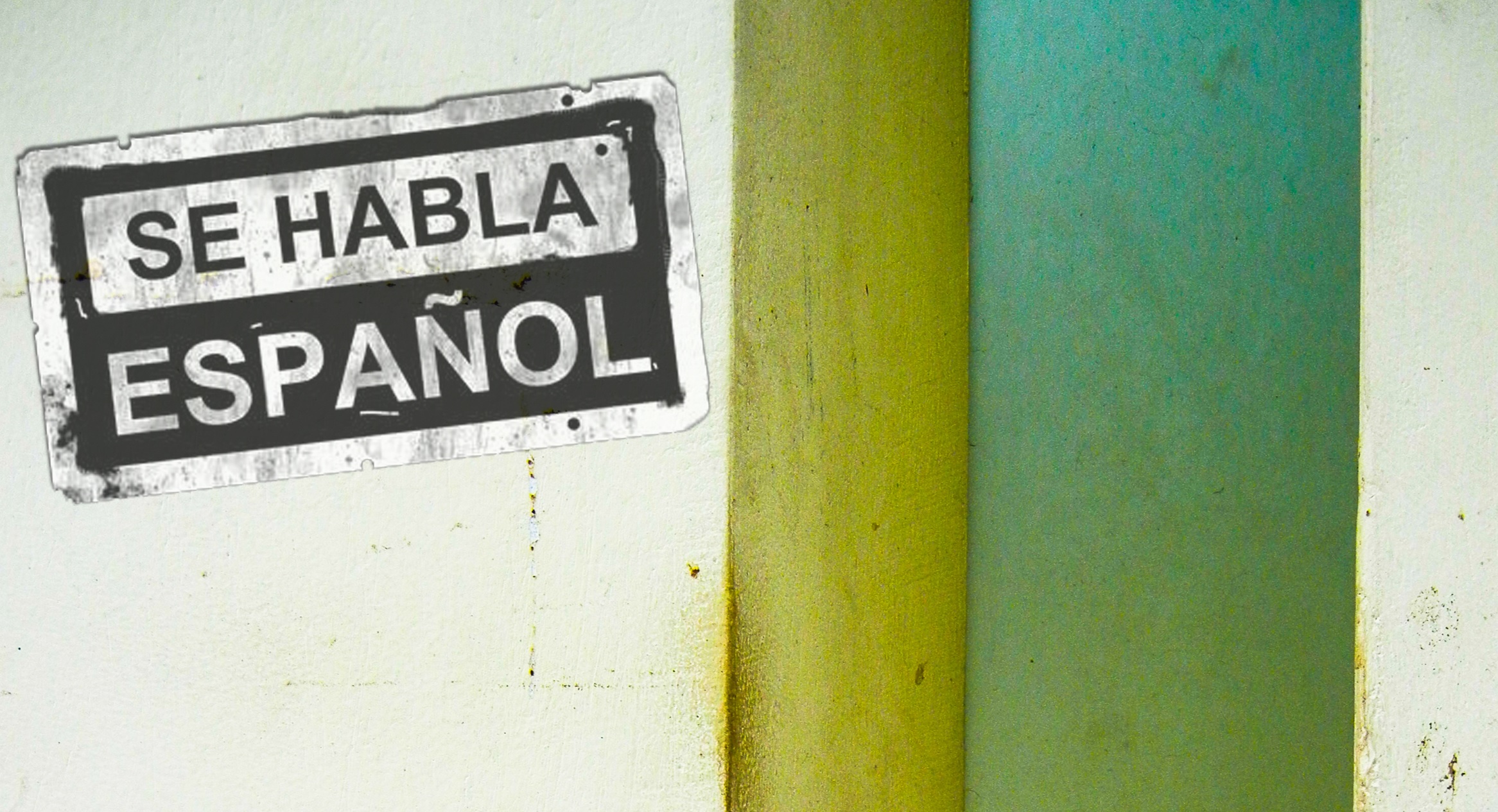by
It starts as a rumble in the distance as large boulders grind against each other in the raging water. There is no time to do anything but run for higher ground as the wall of water, mud, stones, and boulders surges down from the high Andes.
Peru takes its turn in the lineup of natural disasters devastating countries around the world. The southern Pacific Ocean is unusually warm for this time of year, thanks to the phenomenon called El Niño. That has resulted in larger than normal rainfalls high in the Andes Mountains. Those soaring monsters collect the water in tiny rivulets, which feed into streams, which in turn feed into the rivers that flow to the Pacific coast. The end result causes destruction and death to any who ignore its vengeful path on the way to the sea.
Coming down from the mountains the makeup of the soil changes significantly. Granite and stone give way to sand, gravel, and small rocks; a type of soil that need anchoring but has nothing to tie it down here. Trees and grass are scarce to nonexistent in these areas. This causes landslides to turn into mudslides known as “huaicos” to the locals. These take the path of least resistance, often streets and roads whether in the mountains or towns. As of this writing, there are 72 reported deaths and 15,000 have lost their homes.
The devastation of the countryside has also reached Lima, the capital of Peru and home to almost ten million people, over a third of Peru’s population. Water shortages, both tap and bottled, are currently being experienced in all parts of the city We are expecting food shortages to come next. Canned goods are expensive and hard to find in Peru, the year-round supply of fresh vegetables from the countryside makes them undesirable. Unfortunately, the destruction of roads leading in and out of the capital has stopped the flow of goods to all parts of the country.
Long lines are now the order of the day throughout Peru as people queue up to purchase desperately needed supplies of food and water.
Events like this always expose the lack of foresight by local and the state government. Papers report that monies had been set aside to help deal with this year’s floods but according to one source, only two percent of that money has been spent to shore up the banks of the rivers most prone to flooding.
Add to this the construction of new homes, streets, and roads in flood plains without any consideration for drainage and you have people courting disaster. They either don’t care in their rush to settle onto free land or are ignorant of the consequences of their actions.
Current estimates by the government say that it will take a minimum of two years to repair the destruction of the country’s infrastructure. Personally, I think that is low, especially since they are predicting two more weeks of heavy rains in the mountains. It’s going to get worse here before it gets better.
To make a donation to help the effort, click here.










No Comment